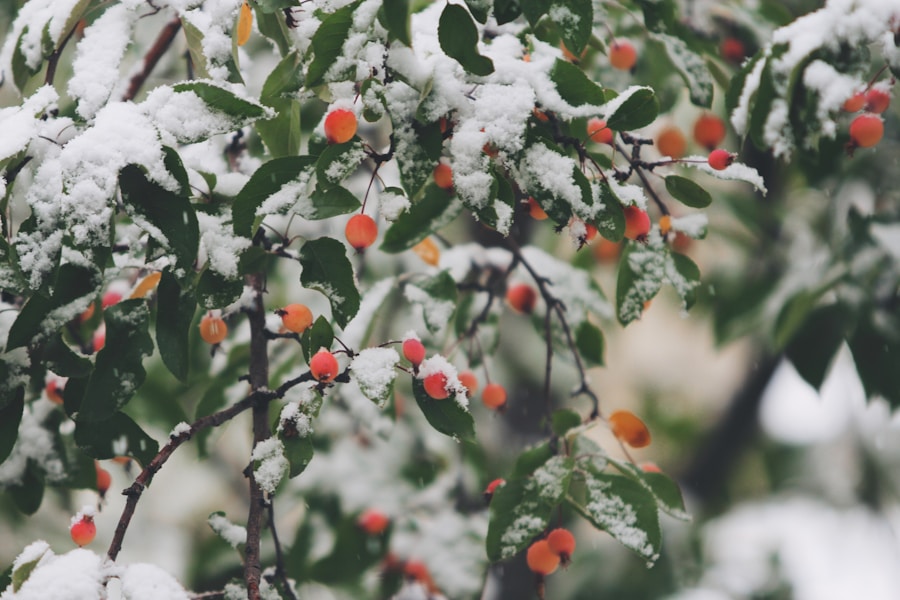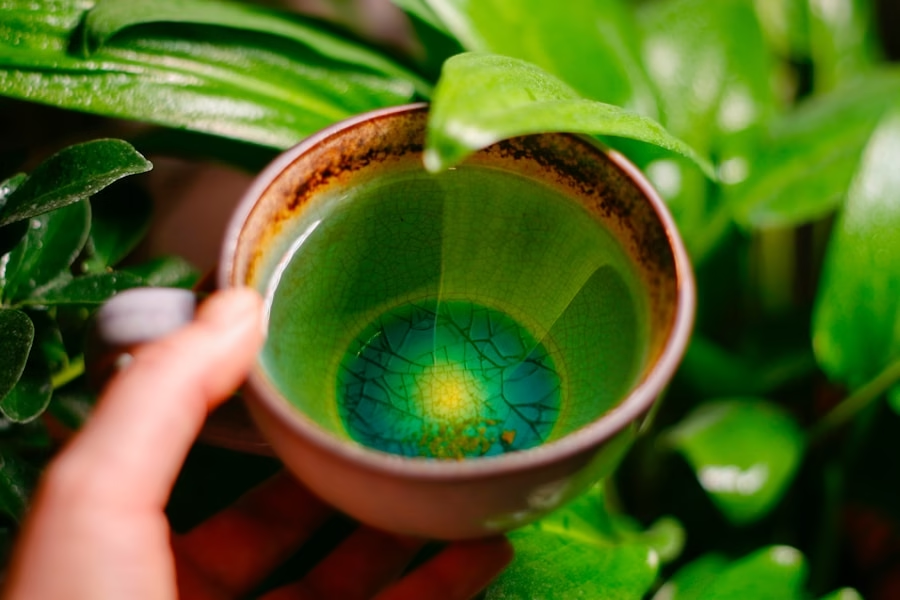As the temperature drops and the air becomes drier, many people experience dry, itchy skin during the winter months. There are several factors that contribute to this common issue. First, the cold air outside and the dry heat indoors can strip the skin of its natural moisture, leading to dehydration and dryness. Additionally, frequent hot showers and baths can further exacerbate the problem by stripping the skin of its natural oils. Furthermore, the lack of humidity in the air during winter can also contribute to dry skin, as the dry air can pull moisture from the skin, leaving it feeling tight and parched. Understanding these causes of dry skin in winter is crucial in order to effectively address and prevent this issue.
During the winter months, it is important to take extra care of your skin in order to combat dryness and maintain a healthy, hydrated complexion. By understanding the causes of dry skin in winter, you can take proactive steps to protect and nourish your skin, ensuring that it remains soft and supple throughout the season.
Choosing the Right Moisturizer for Your Skin Type
When it comes to choosing a moisturizer for your skin during the winter months, it is important to consider your specific skin type and needs. For those with dry or sensitive skin, a rich, emollient moisturizer is essential to provide deep hydration and protection against the harsh winter elements. Look for moisturizers that contain ingredients such as hyaluronic acid, glycerin, and shea butter, which are known for their hydrating and nourishing properties. If you have oily or acne-prone skin, opt for a lightweight, non-comedogenic moisturizer that will provide hydration without clogging pores or causing breakouts. Additionally, those with combination skin may benefit from using different moisturizers on different areas of the face, such as a lightweight gel moisturizer for oily areas and a richer cream for drier areas.
It is also important to consider any specific skin concerns or conditions when choosing a moisturizer for winter. For example, if you have eczema or psoriasis, look for a moisturizer that is specifically formulated to soothe and repair compromised skin. Additionally, if you have mature skin, consider using a moisturizer that contains anti-aging ingredients such as retinol or peptides to help combat fine lines and wrinkles. By choosing the right moisturizer for your skin type and needs, you can ensure that your skin remains hydrated and protected throughout the winter months.
Hydrating from the Inside Out: The Importance of Drinking Water
While it is important to use topical moisturizers to hydrate the skin during the winter months, it is equally important to hydrate from the inside out by drinking an adequate amount of water. Dehydration can exacerbate dry skin, making it appear dull and lackluster. By drinking enough water throughout the day, you can help to keep your skin hydrated and plump from within. Aim to drink at least eight glasses of water per day, and consider increasing your intake if you are exercising or spending time in heated indoor environments.
In addition to drinking water, consuming hydrating foods such as fruits and vegetables can also help to support healthy, hydrated skin. Foods with high water content, such as cucumbers, watermelon, and oranges, can contribute to your overall hydration levels and help to keep your skin looking and feeling its best. By prioritizing hydration from the inside out, you can support your skin’s natural moisture barrier and combat dryness during the winter months.
Protecting Your Skin from Harsh Winter Elements
During the winter months, harsh weather conditions such as cold winds and low humidity can take a toll on the skin, leading to dryness and irritation. In order to protect your skin from these elements, it is important to take proactive measures to shield it from environmental aggressors. One of the most effective ways to protect your skin during winter is by using a broad-spectrum sunscreen with an SPF of 30 or higher. Even though the sun may not feel as intense during winter, UV rays can still cause damage to the skin, leading to premature aging and an increased risk of skin cancer. Additionally, wearing protective clothing such as hats, scarves, and gloves can help to shield your skin from cold winds and prevent moisture loss.
In addition to using sunscreen and protective clothing, it is important to use a barrier cream or ointment on exposed areas of the skin to provide an extra layer of protection against harsh winter elements. Look for products that contain ingredients such as petrolatum or dimethicone, which create a protective barrier on the skin’s surface to prevent moisture loss and irritation. By taking these steps to protect your skin from harsh winter elements, you can help to maintain its health and integrity throughout the season.
Exfoliation: A Key Step in Winter Skincare
Exfoliation is an essential step in any skincare routine, but it becomes especially important during the winter months when dry, flaky skin can be more prevalent. By removing dead skin cells through exfoliation, you can help to reveal smoother, more radiant skin and allow moisturizers to penetrate more effectively. When choosing an exfoliant for winter skincare, opt for a gentle formula that will not further irritate or strip the skin. Look for exfoliants that contain ingredients such as alpha hydroxy acids (AHAs) or beta hydroxy acids (BHAs), which can help to dissolve dead skin cells and promote cell turnover without causing excessive dryness or irritation.
It is important to exfoliate regularly but not excessively during the winter months in order to avoid over-exfoliation and potential damage to the skin’s barrier. Aim to exfoliate 1-2 times per week, adjusting frequency based on your individual skin needs and tolerance. Additionally, be sure to follow up with a hydrating moisturizer after exfoliation to replenish lost moisture and support healthy skin function. By incorporating regular exfoliation into your winter skincare routine, you can help to maintain a smooth, glowing complexion despite the challenges of cold weather.
Incorporating Humidifiers into Your Winter Skincare Routine
During the winter months, indoor heating systems can significantly reduce the humidity levels in your home, leading to dry air that can dehydrate the skin. To combat this issue, consider incorporating a humidifier into your winter skincare routine. Humidifiers work by adding moisture back into the air, helping to maintain optimal humidity levels in your home and prevent dryness and irritation. By using a humidifier in your bedroom while you sleep, you can create a more comfortable environment for your skin and help to prevent moisture loss during the night.
When choosing a humidifier for your home, opt for a cool mist or warm mist model based on your personal preference and needs. Cool mist humidifiers are generally recommended for households with children or pets due to their safety features, while warm mist humidifiers can help to create a cozy atmosphere during cold winter nights. Additionally, be sure to clean and maintain your humidifier regularly in order to prevent mold and bacteria growth that could potentially worsen indoor air quality. By incorporating a humidifier into your winter skincare routine, you can help to create a more comfortable environment for your skin and prevent dryness caused by indoor heating systems.
Tips for Nourishing and Protecting Your Lips in Cold Weather
During the winter months, our lips are particularly susceptible to dryness and chapping due to exposure to cold winds and low humidity. In order to keep your lips soft and supple during this time, it is important to take proactive steps to nourish and protect them. One of the most effective ways to prevent dry lips in cold weather is by using a hydrating lip balm with ingredients such as shea butter, coconut oil, or beeswax. These ingredients help to lock in moisture and provide a protective barrier against harsh environmental elements.
In addition to using a hydrating lip balm, it is important to avoid licking your lips or picking at dry skin, as this can further exacerbate chapping and irritation. Instead, gently exfoliate your lips with a soft toothbrush or lip scrub to remove dead skin cells before applying lip balm. Additionally, consider wearing a scarf or turtleneck that covers your mouth when outdoors in order to shield your lips from cold winds and prevent moisture loss. By following these tips for nourishing and protecting your lips in cold weather, you can help to maintain soft, healthy lips throughout the winter season.
In conclusion, taking care of your skin during the winter months requires a proactive approach that addresses both external factors such as harsh weather conditions and internal factors such as hydration levels. By understanding the causes of dry skin in winter and choosing the right skincare products and practices, you can effectively combat dryness and maintain a healthy complexion despite the challenges of cold weather. Whether it’s using a rich moisturizer tailored to your specific skin type, incorporating regular exfoliation into your routine, or using a humidifier to combat indoor dryness, there are many ways to support healthy, hydrated skin during the winter months. By following these tips and prioritizing skincare during winter, you can ensure that your skin remains soft, supple, and protected throughout the season.




